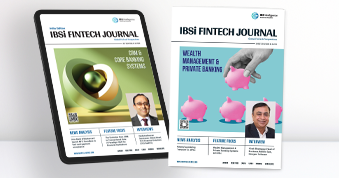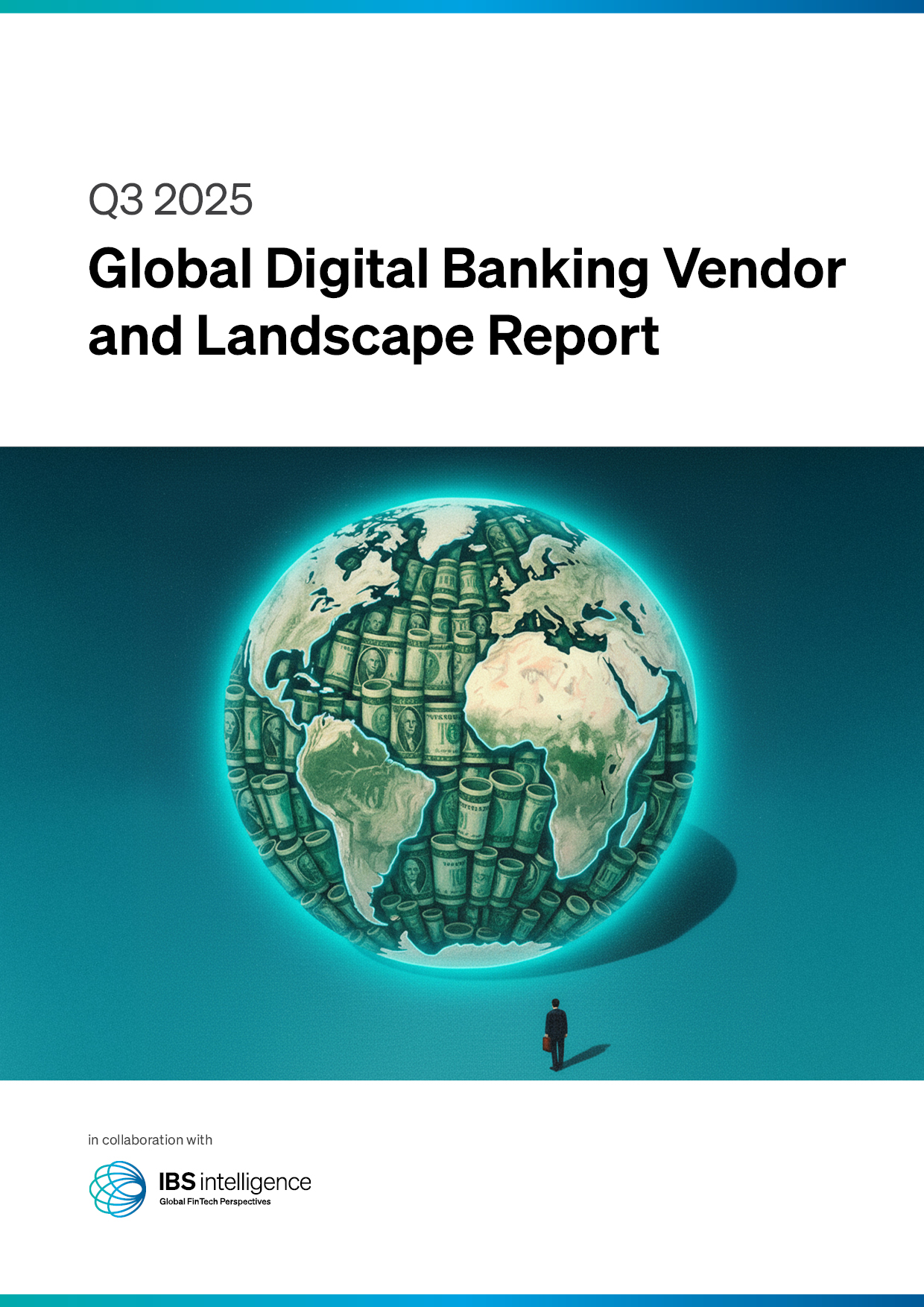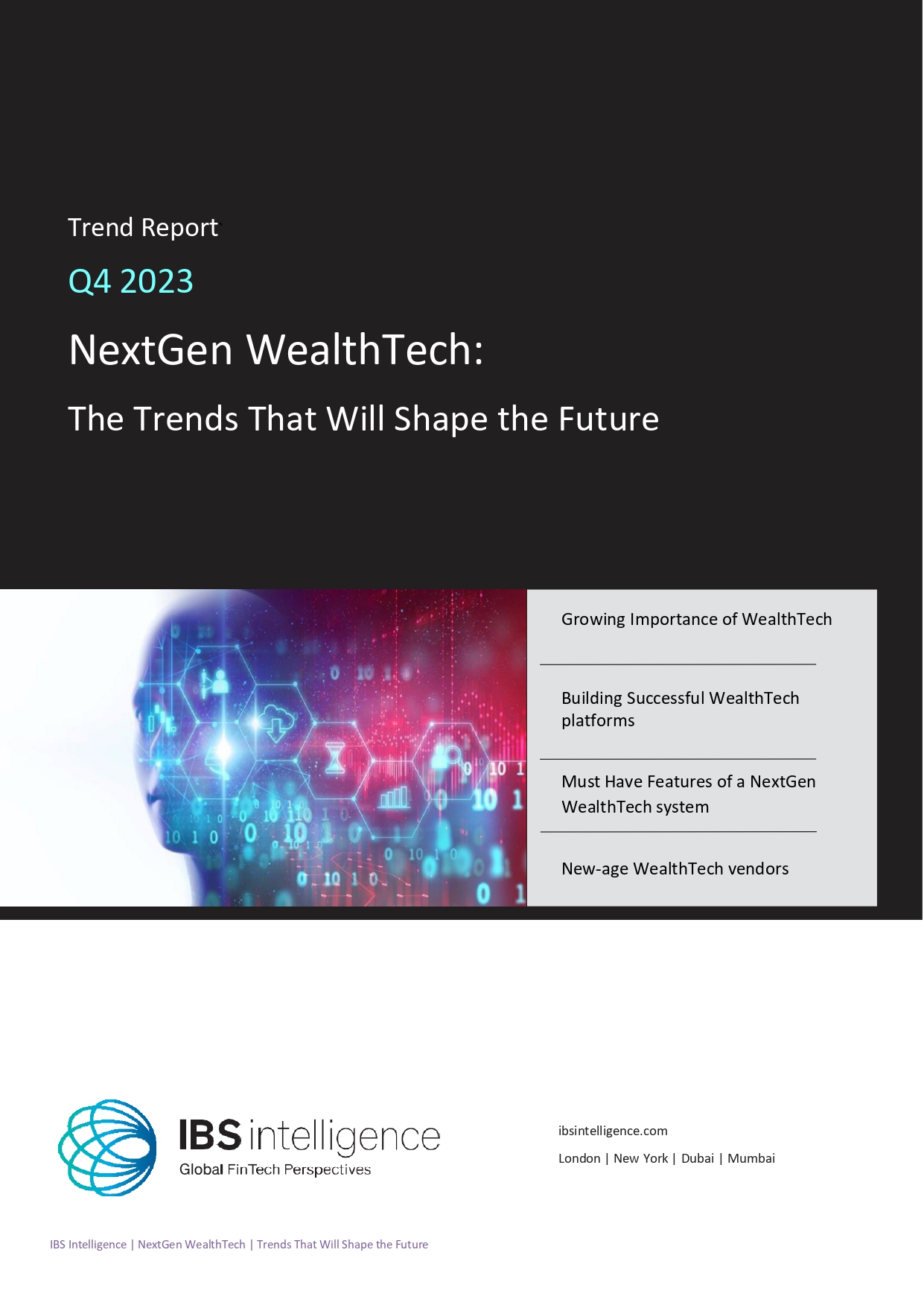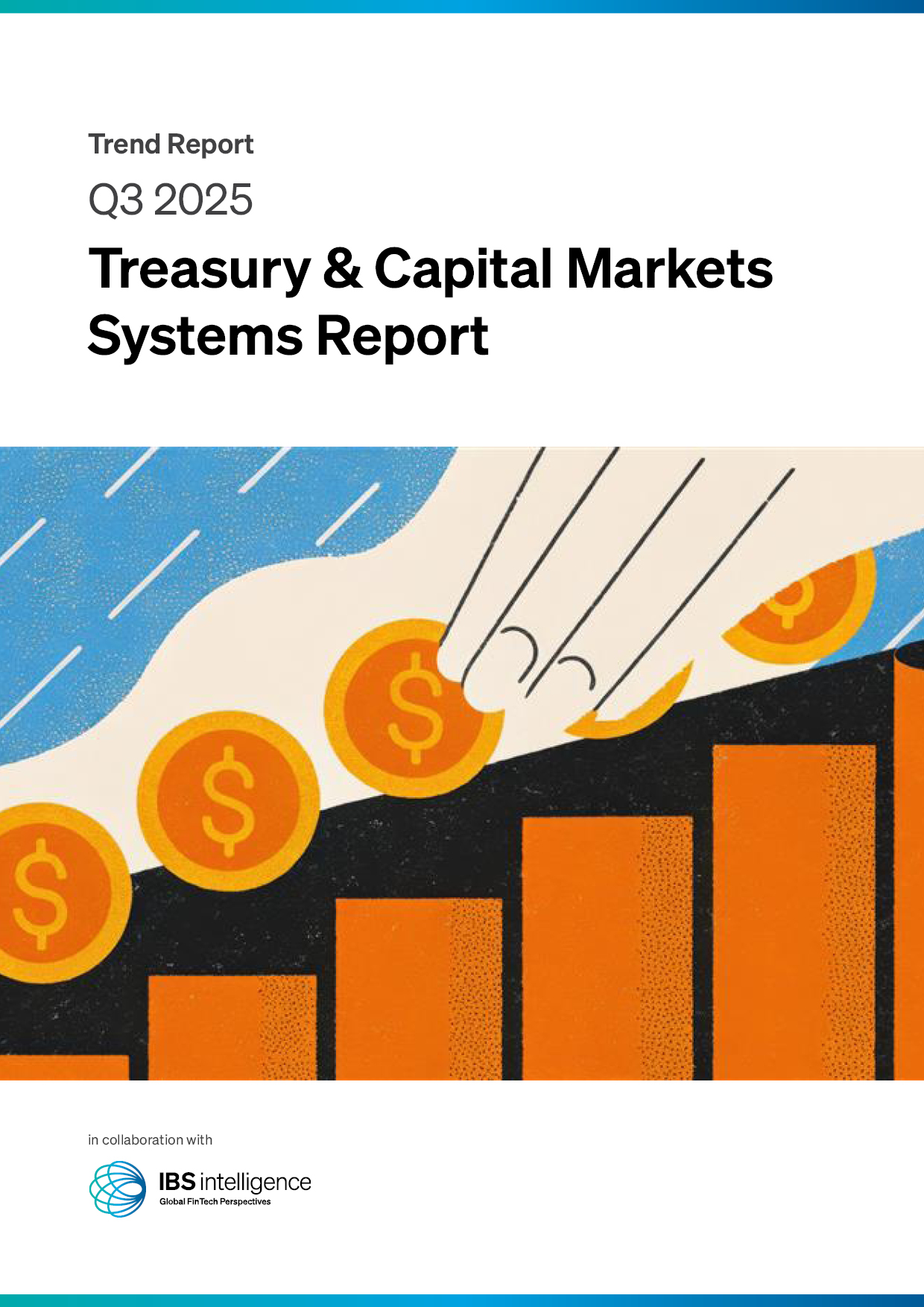 Back
Back
How Finance Teams Can Avoid Falling Behind in the AI Race

By Pri Nagashima Boyd, VP of Data, Analytics and AI, Pleo
Finance has always prided itself on innovating to problem-solve. From stock markets to electronic banking, spend management platforms to AI. One recent example is JPMorgan Chase deploying AI to analyse commercial loan agreements – reducing 360,000 hours of lawyer time to mere seconds, in the process.
However, when we look beyond finance corporations to finance teams and functions, this level of AI adoption and automation is far from the standard. Pleo research from last year even showed how only barely more than a quarter (27%) of decision-makers were confident about AI’s role in finance. While a recent Gartner survey highlighted how almost a fifth (19%) of finance functions have no planned implementation of AI.
The danger for finance teams comes from an ever-widening chasm between those using AI and those who are not, one defined by increased productivity, prioritised work and unrivalled data insights. So, ahead of a year when AI capabilities are set to evolve even more, how can finance teams make up ground in the AI race?
What finance (and businesses) stand to lose by not embracing AI
AI may have evolved at a rapid rate, but the same cannot be said for the stereotypes holding back implementation. But while there are valid concerns around security, bias and ethics, these are all easily navigable. Further, right now is a pivotal moment in the economic, business and technology landscape, and firms cannot afford to delay optimising operations, productivity and efficiency in the digital economy.
This is about more than just increased operations, productivity and efficiency, though. Those finance teams that don’t embrace AI will miss out on the ability to treat their data as a product. Ten years ago, finance teams talked about data like it was the new oil, a priceless commodity that they could use to understand their customers and cash flow far better. But without AI, they’re incapable of drilling down far enough or even knowing where to dig.
The biggest blockers standing in the way of AI innovation
To explore how finance teams can change their AI mindset, I unpack three of the biggest blockers to finance AI and offer practical advice on how to overcome them.
A growing skills gap
AI can be transformative for businesses, but over a third (38%) of decision-makers don’t think that their CFO and finance team should have a comprehensive understanding of the technology. This is not only an outdated perspective but could potentially stop finance leaders from getting hands-on with the technology.
Today’s AI models are user-friendly, but training is still needed around best practices and safety. Plus, even those finance teams that are using AI today must continue to learn and experiment with the technology in a safe environment to ensure their innovation with it tomorrow. For instance, prompt engineering is one area finance teams need to master so they can use AI to analyse data, critique strategy better, and break down complex problems or topics for a non-finance audience. Clear instructions help, and just like talking to humans, the more specific you are, the better the output. But first, they need a solid understanding of how to use the technology in their role – something that won’t happen without the backing of the business leaders.
The assumption that AI isn’t safe
The problem with pooling multiple technologies under “AI” is that the good gets mixed up with the bad and horror stories related to shadow AI taint the effectiveness of enterprise-grade AI solutions. This is a particular issue for businesses where maintaining trust and control with employees and customers alike is paramount. Caution is critical for finance, but it shouldn’t unfairly hold back innovation. Businesses should turn this caution or hesitation into an opportunity to build their policies and determine how it’s used in-house and in relation to their customers. AI’s rapid evolution has been characterised by personalisation, and it’s easier than ever for businesses to put guardrails in place and even build their own GPT models that keep customer data and trust safe. Plus, humans should rely on their guardrails and check AI’s working as they would an eager new hire. For example, asking where the data has been sourced from and why it was used to formulate the answer.
The idea that AI has to be “perfect”
If companies are waiting for the “perfect” AI they’ll be waiting a long time. The technology is moving at pace, but AI shouldn’t be perfect. If you ask a GPT model the same question twice, not getting the same answer is a good thing. That’s because it is there to be our sparring partner to challenge how we think; not to stop us thinking altogether. When planning how AI can change their business, finance leaders should return to why they are using it in the first place. Based on AI’s current capabilities, it should be being used to save time and money. This means taking the handbrake off their teams and automating manual admin tasks so that they can focus on more strategic work. It also means revolutionising how they work with data and, as a result, how they prioritise customer centricity.
Gaining ground in the year ahead
Finance teams may have made a slow start in the AI race, but they are more than capable of catching up with the right strategy and, crucially, the right AI. Let’s use Pleo’s Spend Insights tool as an example.
With Pleo, you always get one simple view of all spend regardless whether it’s employee spend or business spend, paid with card, as invoices or reimbursed. And last year we launched our spend recommendations – comparing individual customer spend patterns in order to recommend smarter ways to spend. Comparing software solutions to notify you if you are using two tools that do the same, alerting you if your spending takes a sudden surge, or benchmarking your spending to flag if you are paying substantially more than similar companies in your region and industry.
The time for cautious observation has passed and the next 12 months will likely determine which finance teams emerge as leaders in the AI-enabled future. Those who act now, with clear strategy and purpose, will find themselves not just participating in the AI race but helping to define its course.
IBSi News
Get the IBSi FinTech Journal India Edition
- Insightful Financial Technology News Analysis
- Leadership Interviews from the Indian FinTech Ecosystem
- Expert Perspectives from the Executive Team
- Snapshots of Industry Deals, Events & Insights
- An India FinTech Case Study
- Monthly issues of the iconic global IBSi FinTech Journal
- Attend a webinar hosted by the magazine once during your subscription period
₹200 ₹99*/month
* Discounted Offer for a Limited Period on a 12-month Subscription
IBSi FinTech Journal

- Most trusted FinTech journal since 1991
- Digital monthly issue
- 60+ pages of research, analysis, interviews, opinions, and rankings
- Global coverage






